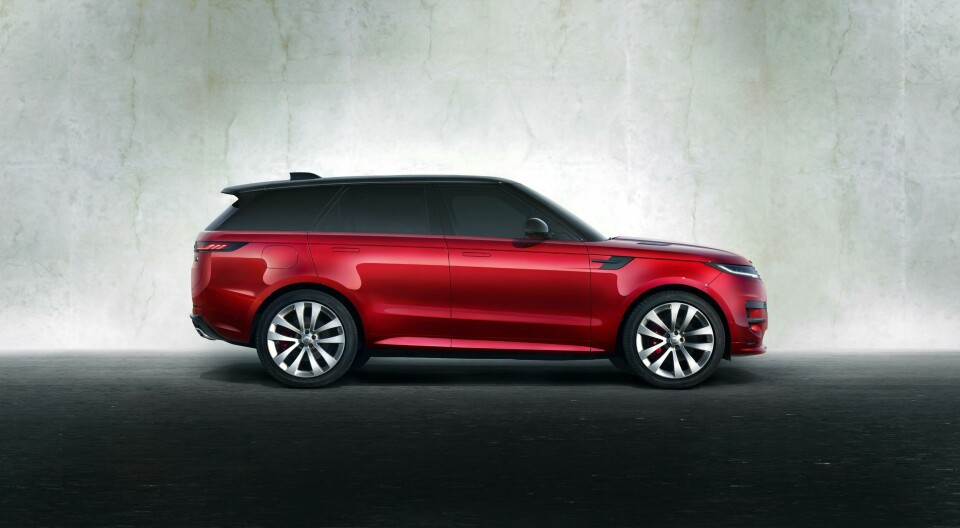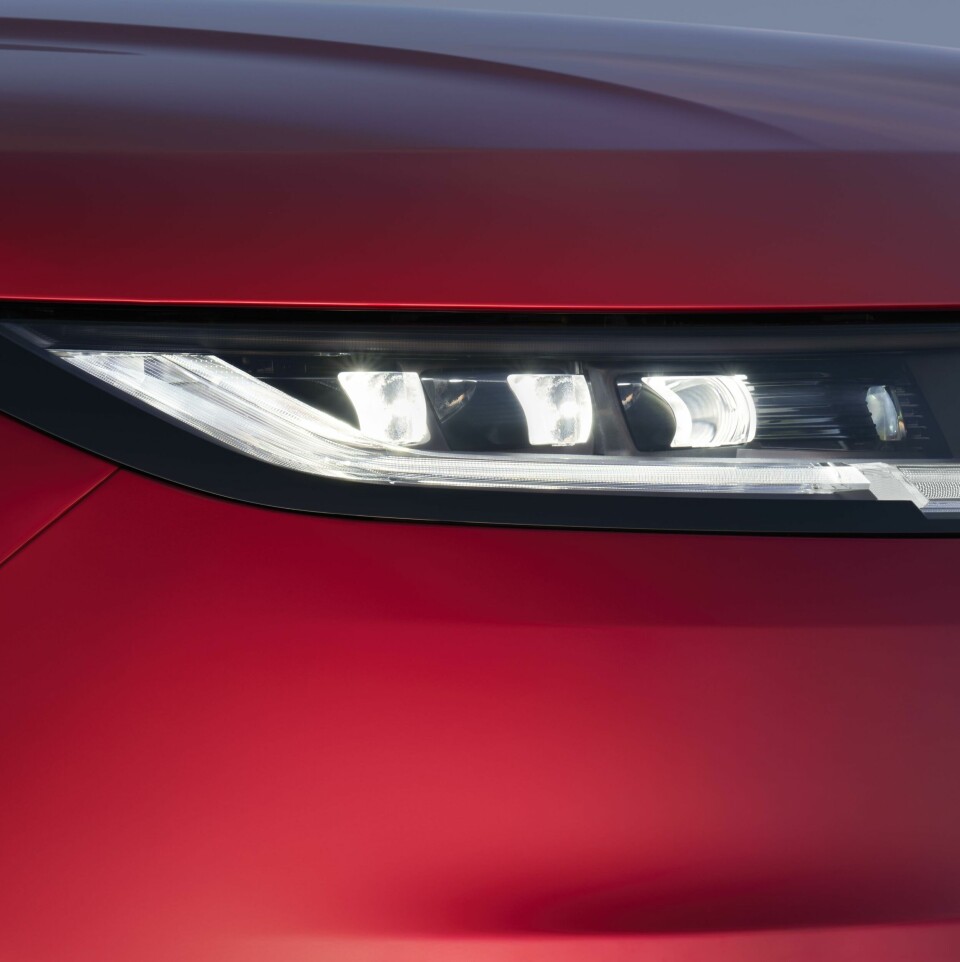
JLR reveals the new Range Rover Sport
The new Range Rover Sport has been revealed and Car Design News joined the design team for an in-depth look
Decades after the arrival of the Range Rover, Land Rover showed its Range Stormer concept, a model which went on to become the Range Rover Sport in 2005. It was the first new model line to come from the iconic luxury off-roader but one which Jaguar Land Rover’s chief creative officer, Gerry McGovern, says paved the way for the Velar and the hugely successful Evoque.
Now, six months after the reveal of the fifth generation Range Rover, the company has pulled the covers off the new Range Rover Sport. Codenamed L461, it is the third generation of the model and Car Design News was given a preview at the Jaguar Land Rover (JLR) head office in Gaydon, England.
McGovern describes it as: “sophistication that redefines sporting luxury,” a description that would have been unique back in 2005, but today in a world of performance SUVs requires it to be a clear benchmark.
Rob Battams, exterior design manager at Jaguar Land Rover (JLR), says that one of the key lines was the roofline, which now features the longest roof spoiler ever used on a Range Rover. The belt line was also a major focus and follows the reductionist design strategy seen in other JLR models. The final main line was the lower water line, which conveys a sportier look than on the Range Rover.
However, it’s the front and rear designs that are the most striking. The down the road graphic has an almost menacing look, created by slim digital LED headlamps that contain 1.3 million micro-mirrors. The DRL graphic has been pushed out to the sides to provide more visual width and all the electronics are hidden behind black surfaces.

The rear foregoes the darkened arch of the Range Rover and instead utilises blade lead-in LED lamps. They are part of an overall horizontal graphic that Battams says provides additional width to the car. At the same time, there is a lower rear line that he says pulls the whole vehicle closer to the ground visually.
The interior also needed to feature a sportier theme, but without compromising on the luxury that is synonymous with the Range Rover name. To get more insight, we took a seat in the Sport with interior design manager, Lee Perry. He explained that while the Range Rover interior is more serene, more majestic, the Sport raises everything up a level. That means a higher door top roll and centre stack, but in contrast, the seats themselves are 20mm lower with more bolstering, all of which he says makes occupants feel “more hunkered down”.

The aim was to give it a bit of a sports car feel, something which is also apparent in the inclusion of a second cowl above the instrument binnacle hood. The inspiration for this has come from high-end sports cars, says Perry, but it also removes some of the reflection in the windscreen. The sports car feel continues in the choice to go with a smaller diameter steering wheel than that in the Range Rover.
There’s more of a slope to the whole instrument panel and a curvature to the central Pivi Pro infotainment screen. Perry describes the console on which it is mounted as appearing to be “faster” and the combination of sporty and luxury is further accentuated by the use of chrome on many of the physical controls.
Much of that chrome features a dark finish, which colour and materials designer Aimee Capelett calls Moonlight Gloss. She says other materials include the latest Ultra Fabrics which are lighter and use less CO2 in manufacturing, as well as floor mats which use 78% recycled content.
One of the most fascinating pieces of design and engineering are the new carbon fibre panels. Capelett explained they are made from chopping up pieces of the material into fragments and then bonding them together and coating them. This process ensures that no two panels are the same, something that provides an element of uniqueness to every Range Rover Sport without going down the full bespoke route.
New colours have been created too including Concept Red which is used in many of the launch images. However Capelett says that it might not be a standard colour, instead being part of the bespoke offering.

Behind the design features is a Range Rover that has been engineered to be as dynamic as it is luxurious. Engine choices include a 4.4-litre V8 jointly developed with BMW, as well as the latest plug-in hybrid combination that can deliver up to 113km of electric-only driving. There are various electronic systems for on-road performance and off-road agility, even an adaptive off-road cruise control.
The latter is unlikely to have been used by race and stunt driver Jess Hawkins when she drove against the flow of water from the Karahnjukar Dam in Iceland. Here water charges down at the rate of 750 tonnes per minute and there was a real risk of losing traction and both her and the Range Rover Sport plunging 90m to the valley below. Both overcame the challenge of course and let’s be honest, most owners are unlikely to ever even cross a small river, let alone have to worry about tonnes of water coming at them, but it is a rather cool way to redefine sporting luxury.














